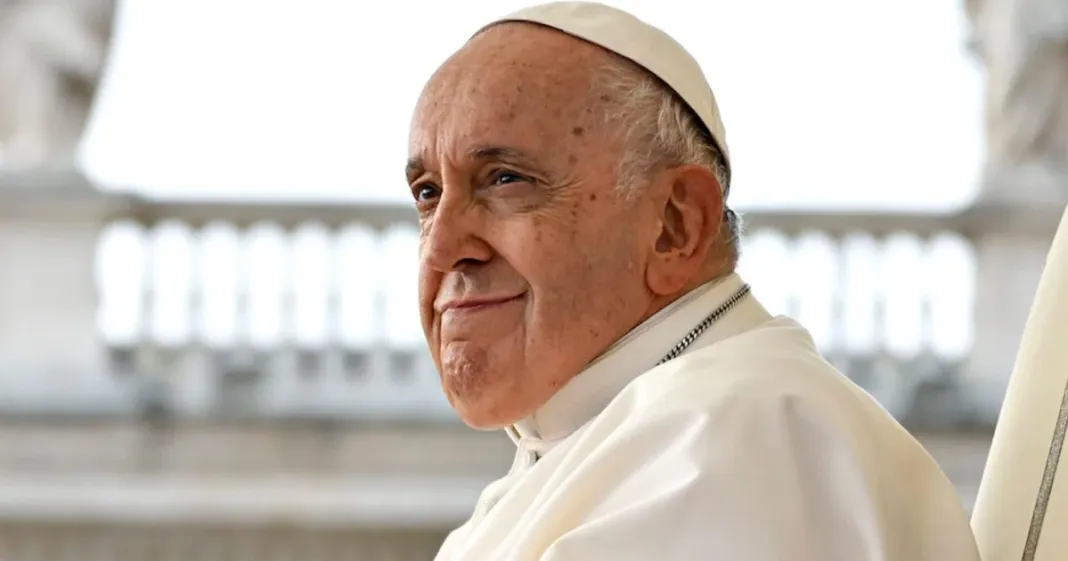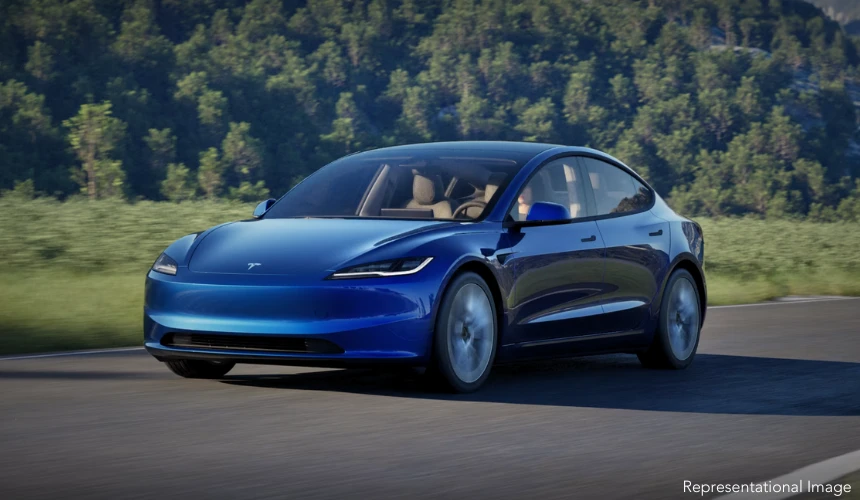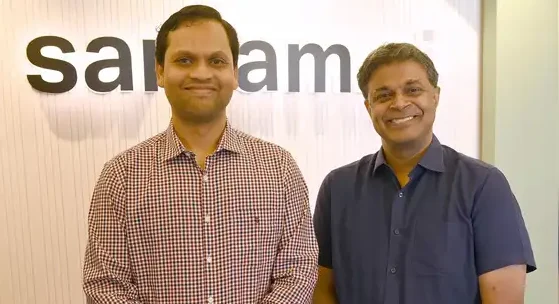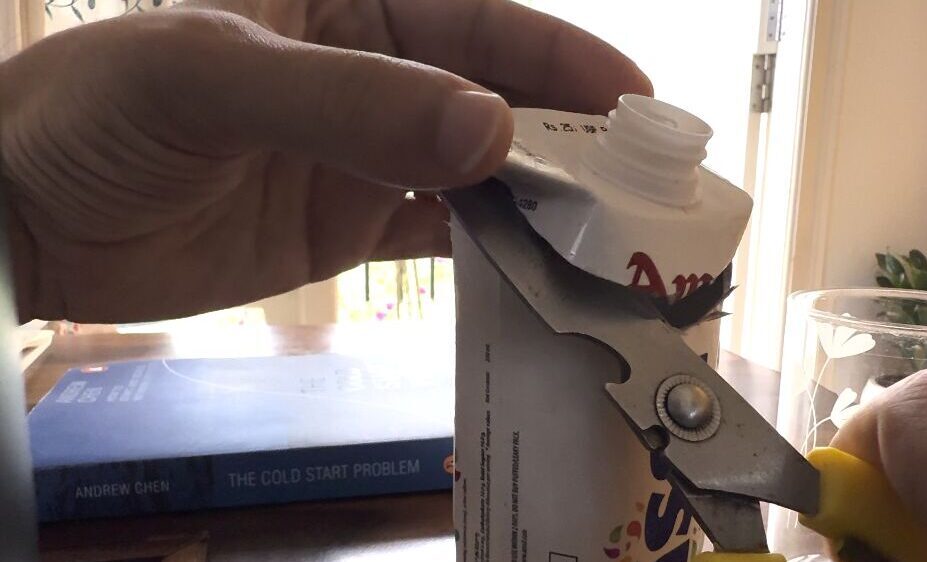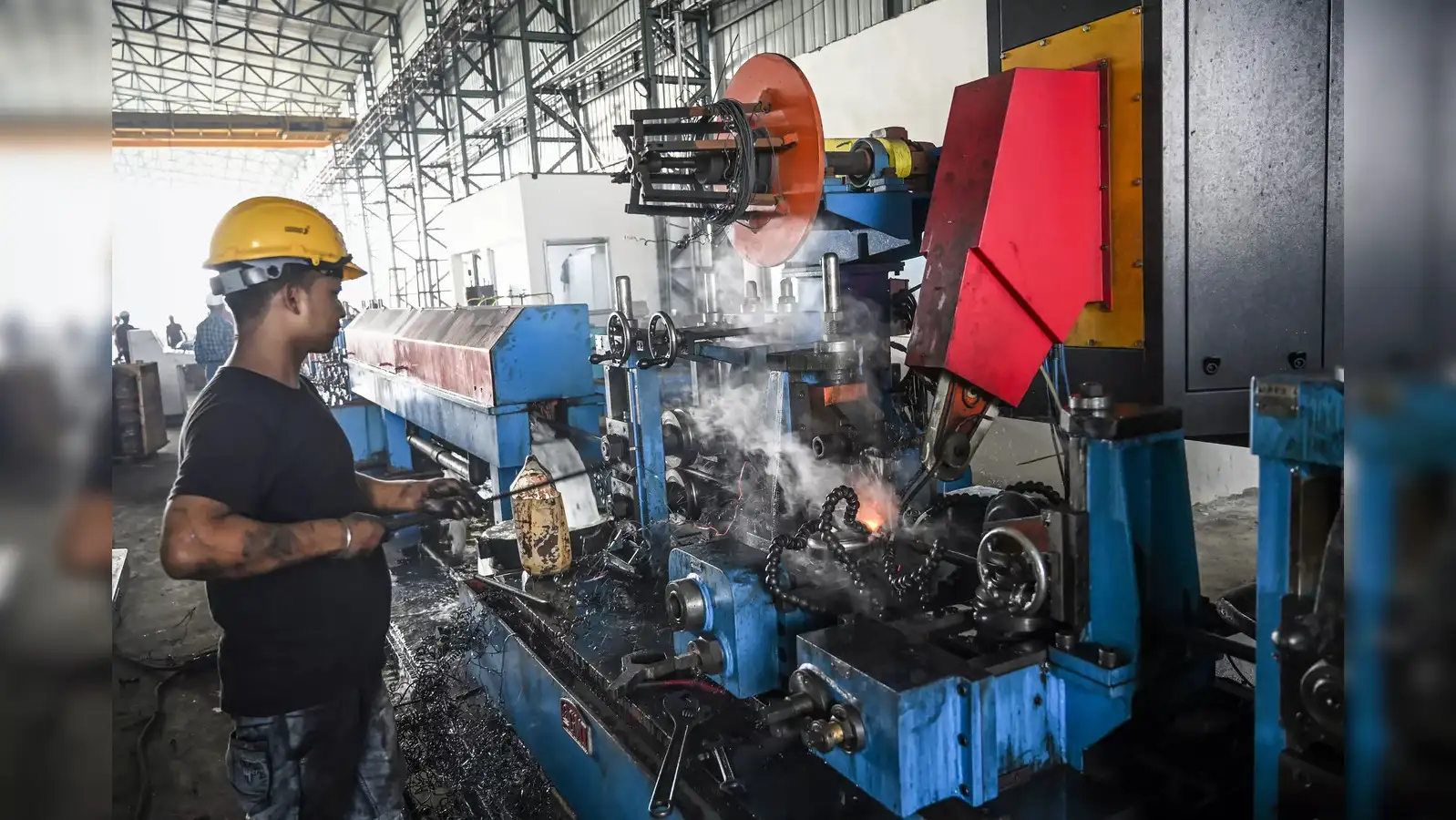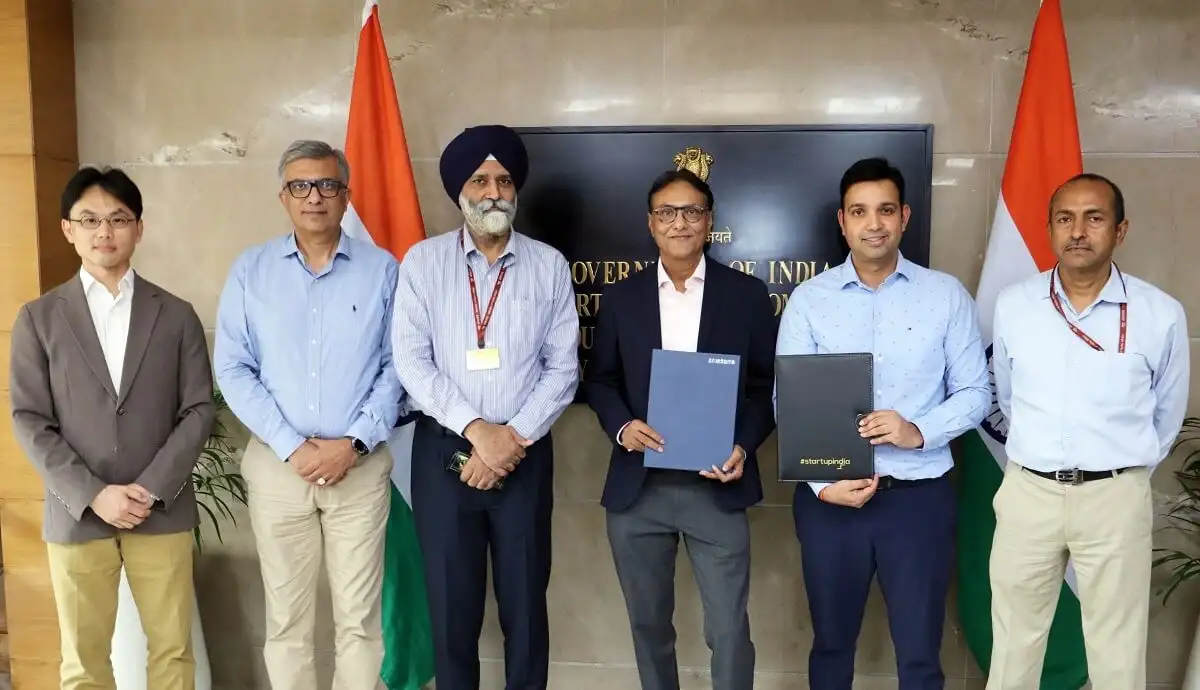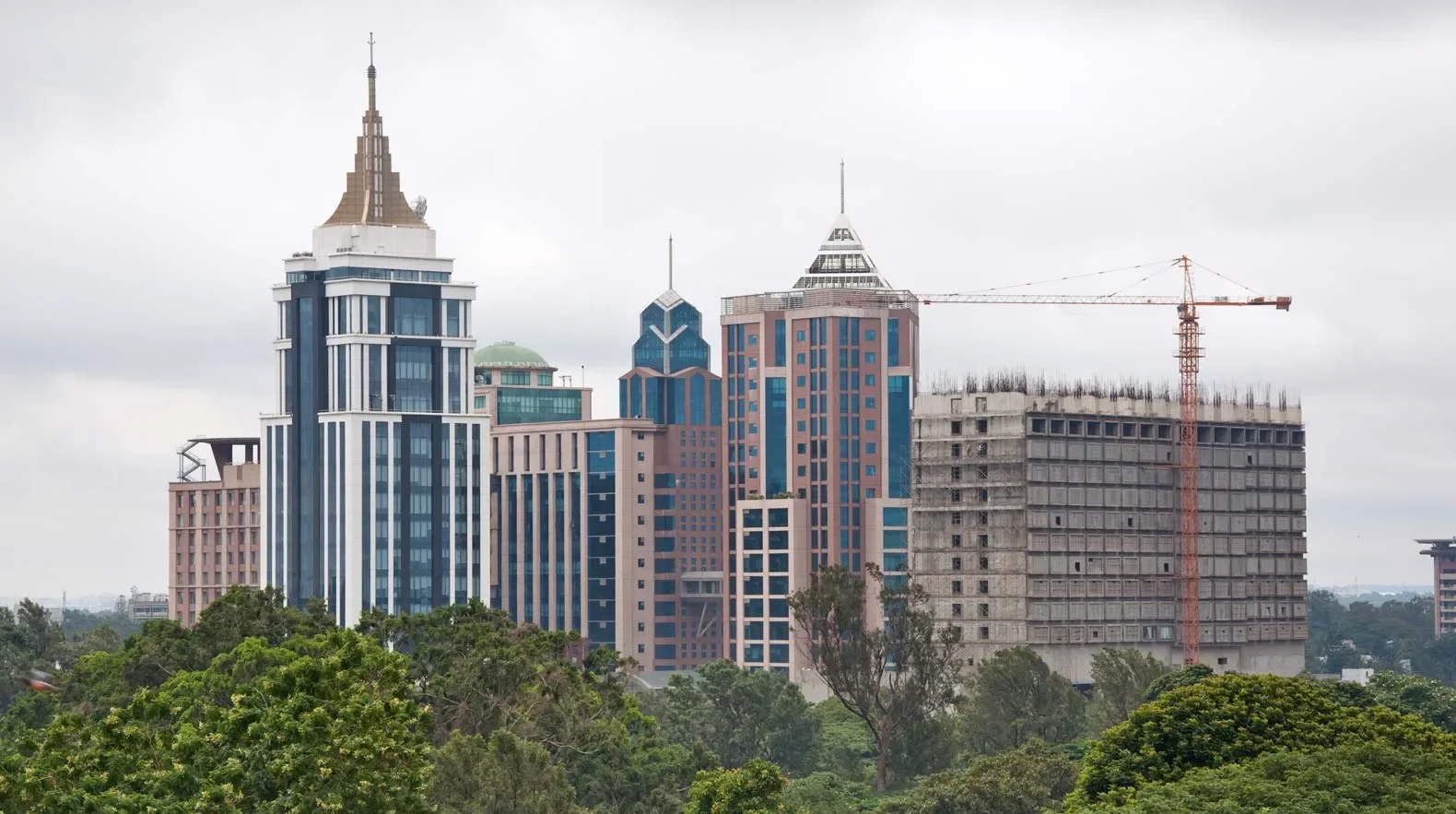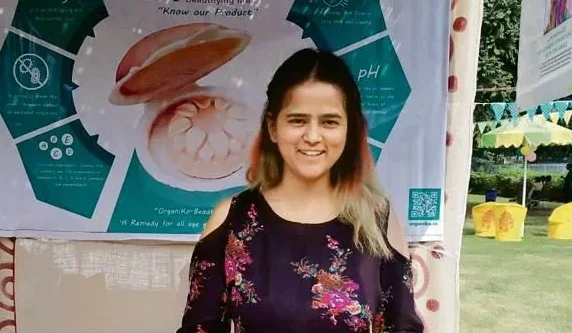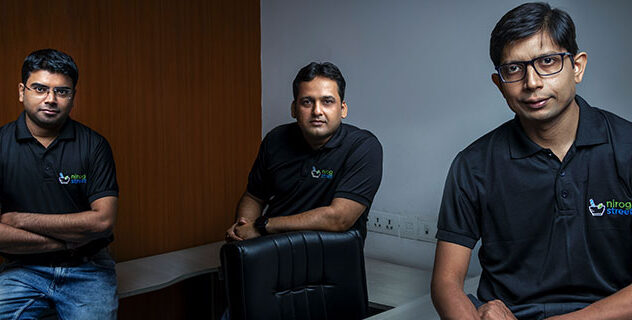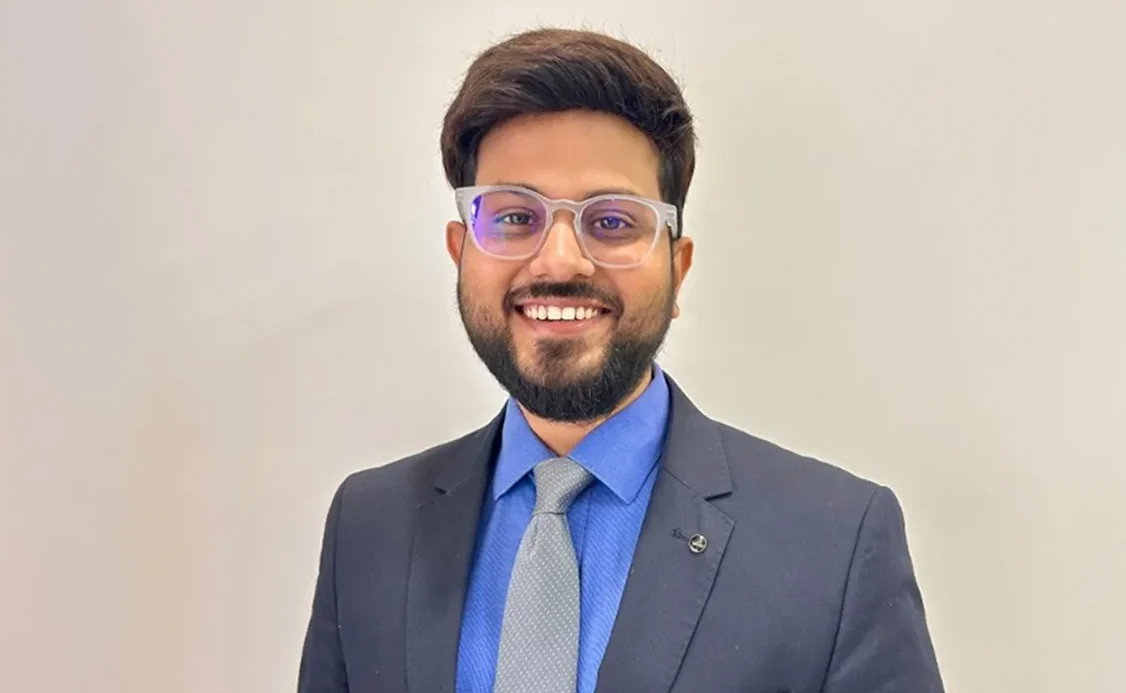As the Catholic Church says goodbye to Pope Francis, plans are being made for one of its oldest and most mysterious rituals: the choice of a new pope. The age-old process, complete of ritual and secrecy, will shortly bring the world’s cardinal electors together under the Sistine Chapel’s frescoed ceilings.
The Countdown Begins
Following Pope Francis’s funeral and a period of official mourning called the Novemdiales, nine days of prayers and services the conclave will begin between May 6 and May 11. By Church law, the election must start within 15 to 20 days after the pope’s death.
Who Will Vote?
Only cardinals under the age of 80 are eligible to vote. Of the Catholic Church’s more than 250 cardinals, 135 meet this criterion. Notably, a majority over 100 were appointed by Pope Francis himself, reflecting his vision of a more inclusive and globally diverse Church.
The voting cardinals hail from 71 countries, marking one of the most internationally representative electorates in Church history.
Sealed in Silence
The word conclave comes from the Latin cum clave “with a key” highlighting the extreme secrecy of the proceedings. Once the cardinal electors assemble, they will be cut off entirely from the outside world: no phones, no newspapers, no communication of any kind. The Sistine Chapel itself will be meticulously swept for any recording devices beforehand.
The cardinals will reside in the nearby Casa Santa Marta, a Vatican guesthouse where Pope Francis had lived since his election.
Each day, Mass will be celebrated before voting sessions begin. If no decision is reached after three days, voting will pause for a day of prayer and reflection.
The Ritual of Voting
Voting follows a strict and ancient procedure. Each cardinal secretly writes the name of his chosen candidate on a ballot inscribed with the words Eligo in Summum Pontificem, “I elect as Supreme Pontiff”.
Ballots are cast into a chalice and counted by designated scrutineers. If no candidate achieves a two-thirds majority, a rule reinforced by Pope Benedict XVI the ballots are burned, sending black smoke into the sky above St. Peter’s Square to signal an inconclusive vote.
The cardinals vote up to four times a day two sessions in the morning, two in the afternoon.
When a candidate secures the necessary votes and accepts the role, the ballots are burned without chemical additives, producing the famed white smoke, the fumata bianca along with the ringing of bells, to announce that a new pope has been chosen.
A Moment of Transformation
The elected cardinal will then be led to the “Room of Tears,” adjacent to the Sistine Chapel, where he will dress in one of three pre-prepared sets of white papal garments.
Stepping onto the central balcony of St. Peter’s Basilica, the senior cardinal deacon will proclaim the joyful words: Habemus Papam – “We have a pope.” The new pontiff will then appear to deliver his first blessing to the world.
How Long Might It Take?
Historically, modern conclaves have been relatively swift. Pope Francis was elected after just five ballots over two days. Earlier popes, like John Paul II and Benedict XVI, were chosen within a similar timeframe. However, should consensus prove elusive, the conclave could stretch on for days or, as history shows, even longer. In the 13th century, it took nearly three years to elect Pope Gregory X.
As the Church stands at another pivotal juncture, faithful across the globe watch and pray, awaiting the white smoke that will herald a new chapter in its two-millennia journey.
Also Read: California Becomes 4th-Largest Economy, Overtakes Japan









